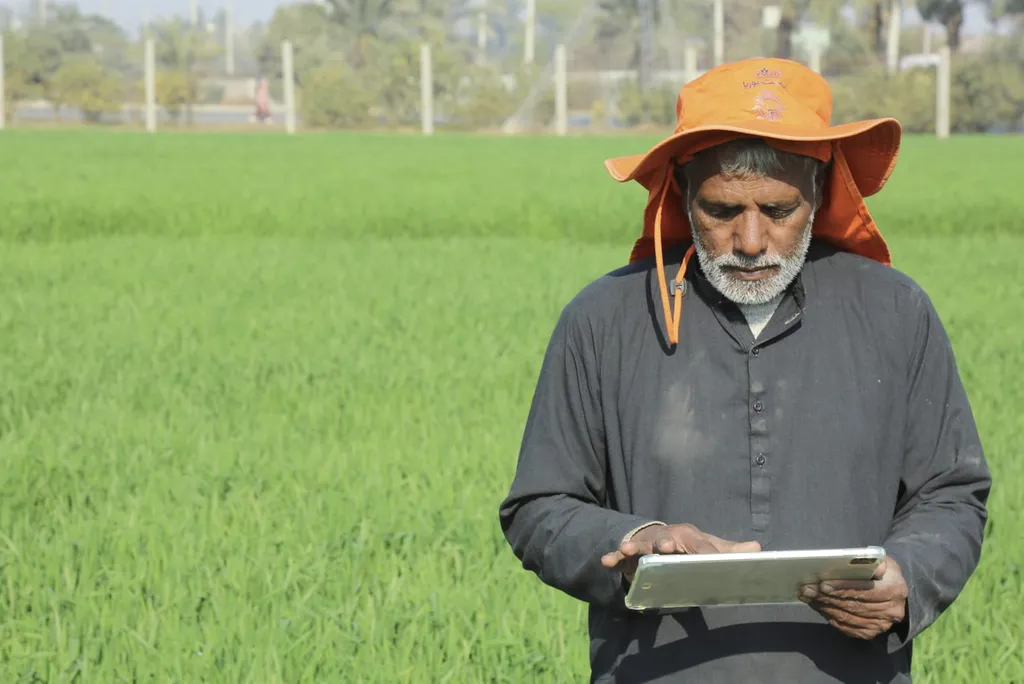President Asif Ali Zardari presided over the signing of three memorandums of understanding (MoUs) on Tuesday, marking a collaborative push between Pakistan and China to strengthen agricultural innovation, vocational education, and environmental sustainability. The agreements, inked in the presence of senior political figures and diplomats, signal a deepening of bilateral ties in sectors critical to Pakistan’s economic resilience.
The first MoU, signed between China’s Shanghai Huawei Agritech Group and Pakistan’s Meskay & Femtee Trading Company, lays the groundwork for a **Controlled Agriculture Science and Education Park**. The initiative aims to modernize farming practices through precision agriculture, a method that leverages technology to optimize crop yields while conserving resources. Shahid Tawawalla, representing the Pakistani side, emphasized the project’s potential to enhance food security—a pressing concern for a country where agriculture contributes nearly a quarter of GDP but faces challenges from climate volatility and outdated techniques. If successfully implemented, the park could serve as a model for scaling climate-smart agriculture across Pakistan’s diverse agro-ecological zones.
The second agreement, a tripartite MoU involving Longping High-Tech Information Technology (Beijing), Beijing Jialong Technology, and Pakistan’s ASM Services, focuses on establishing **Shennong College**, a vocational institute designed to equip farmers with advanced agricultural training. Named after the mythical Chinese god of agriculture, the college reflects China’s experience in transforming its rural workforce through education. For Pakistan, where smallholder farmers often lack access to modern techniques, the institute could bridge a critical knowledge gap. The curriculum is expected to integrate digital farming tools, seed technology, and sustainable land management—skills that could improve productivity for the country’s 30 million-strong agricultural labor force.
The third MoU targets environmental sustainability through a **Tyre Recycling Project**, signed between Maritime Silk Road Holdings (Qingdao) and ASM Services. Pakistan generates over **11 million waste tyres annually**, most of which end up in landfills or are burned, contributing to pollution and health hazards. The project aligns with Pakistan’s **National Clean Air Policy** and China’s Belt and Road Initiative (BRI) green development goals, offering a framework to convert waste into reusable materials like rubberized asphalt or industrial fuel. If executed efficiently, it could reduce the environmental burden while creating jobs in the circular economy—a sector still in its infancy in Pakistan.
President Zardari framed the agreements as “a practical step toward stronger cooperation” between the two nations, underscoring their alignment with Pakistan’s broader economic priorities. The presence of high-profile attendees, including PPP Chairman Bilawal Bhutto Zardari, Ambassador Khalil Hashmi, and Chinese Ambassador Jiang Zaidong, underscores the strategic weight placed on these collaborations. For China, the initiatives extend its agricultural and environmental expertise under the BRI umbrella, while for Pakistan, they offer a pathway to address structural challenges in food production, education, and waste management.
Yet the success of these MoUs will hinge on execution. Past agreements under the China-Pakistan Economic Corridor (CPEC) have faced delays due to bureaucratic hurdles, funding gaps, or local resistance. The tyre recycling project, for instance, will require robust regulatory support to ensure compliance and scalability. Similarly, the agriculture park’s impact depends on whether smallholder farmers—often wary of high-tech solutions—can access and afford the new technologies.
What remains clear is that these partnerships reflect a shifting dynamic in Pakistan-China collaboration, moving beyond infrastructure to tackle sector-specific challenges. If the projects deliver on their promises, they could offer a template for how emerging economies leverage international cooperation to build resilience in an era of climate uncertainty and resource constraints.

